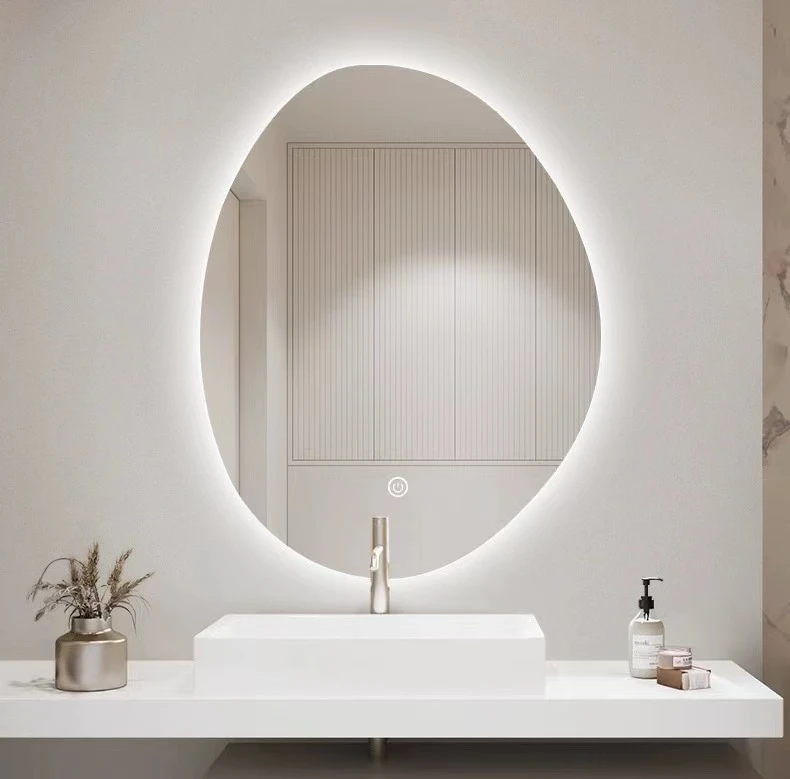

The Beauty and Versatility of Colored Float Glass
Colored float glass has emerged as a popular choice in the world of architecture, design, and art. This versatile material, known for its reflective quality and vibrant hues, adds a unique flair to both residential and commercial structures. The production process as well as its applications highlight the beauty and functionality of colored float glass, making it a preferred medium for architects and designers alike.
Float glass, the basis for colored varieties, is created by floating molten glass on top of molten tin. This process results in a perfectly smooth and flat surface, making it a staple in the glass industry. When color is introduced into the manufacturing process, it allows for an array of vibrant options, ranging from deep blues and greens to bright reds and yellows. The coloration can be achieved by adding metal oxides and other compounds during the melting phase, resulting in glass that retains its aesthetic appeal while also providing functionality.
One of the most significant advantages of colored float glass is its ability to manipulate light. Through the selective transmission and absorption of light, colored glass can create stunning effects that alter the mood and perception of a space. For instance, a deep blue glass panel can evoke tranquility, while a vibrant red might energize a setting. By strategically placing colored float glass in windows, partitions, and facades, designers can enhance interiors and exteriors to create a desired ambiance.

In addition to its aesthetic qualities, colored float glass also provides practical benefits. It can help in regulating internal temperatures by reducing heat gain in sunny climates, thereby improving energy efficiency in buildings. Moreover, it offers privacy without sacrificing natural light, making it an ideal choice for restrooms and conference rooms. The durability of float glass ensures that these solutions are long-lasting, maintaining their visual appeal over time.
Applications of colored float glass are manifold. In the architectural realm, it is widely used for building facades, skylights, and interior partitions. Its reflective properties can also enhance the safety of structures, as they can help to reduce glare for pedestrians and drivers. Artists have embraced colored float glass as well; it serves as a canvas for stained glass projects and modern artwork installations that can transform spaces into immersive experiences.
Yet, as with any material, there are considerations to keep in mind when using colored float glass. It’s crucial to address issues of sustainability and recyclability. The glass industry has been making strides in reducing its environmental impact, striving for more sustainable production methods and recycling initiatives for glass products to minimize waste.
In conclusion, colored float glass stands out as a remarkable material that fuses practicality with beauty. Its reflective qualities, range of colors, and functional benefits make it an excellent choice for various applications in architecture and design. As technology and sustainability efforts continue to evolve, colored float glass is likely to become even more integral to contemporary design solutions, captivating imaginations and enhancing the spaces we inhabit.